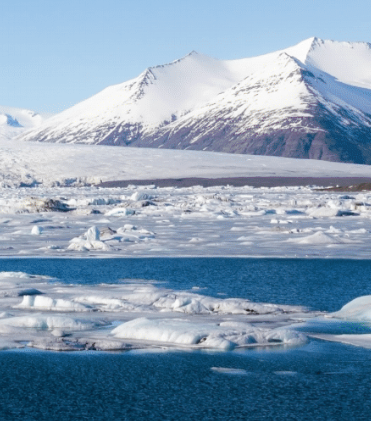The Disappearing Arctic
What's happening?
Climate change is faster and more severe in the Arctic than in most of the rest of the world. The Arctic is warming at a rate of almost twice the global average. The sea ice that is a critical component of Arctic marine ecosystems is projected to disappear in the summer within a generation. Why is the Arctic warming faster than the rest of the world? Shiny ice and snow reflect a high proportion of the sun's energy into space. As the Arctic loses snow and ice, bare rock and water absorb more and more of the sun’s energy, making it ever warmer. This is called the albedo effect. Even a small temperature rise of 2°C can have enormous implications . A slight shift in temperature, bringing averages above the freezing point, will completely alter the character of the region. As snow and ice melt, the ability of the Arctic to reflect heat back to space is reduced, accelerating the overall rate of global warming. We are likely to see more forest fires and storm damage to coastal communities in the Arctic. Glaciers, sea ice and tundra will melt, contributing to global sea level rises. A warmer Arctic could halt the Gulf Stream, which brings warmer water and weather to north-western Europe. Due to increased carbon dioxide in the atmosphere, the world's oceans are 30% more acidic now than before the industrial revolution. Cold oceans, like those in the Arctic, are acidifying twice as fast as the average. Acidic water interferes with the development of coral reefs and the shells of oysters, crabs, snails and plankton, affecting the whole food chain from top to bottom. Climate change in the Arctic is not just a local problem - it's a global problem. The knock-on effect from the Arctic is increasing global sea levels, changing global climate and precipitation patterns and an increasing impact on Arctic species. In other words, the impact on Earth and its inhabitants is likely to be catastrophic. (Reading text adapted from the WWF)

